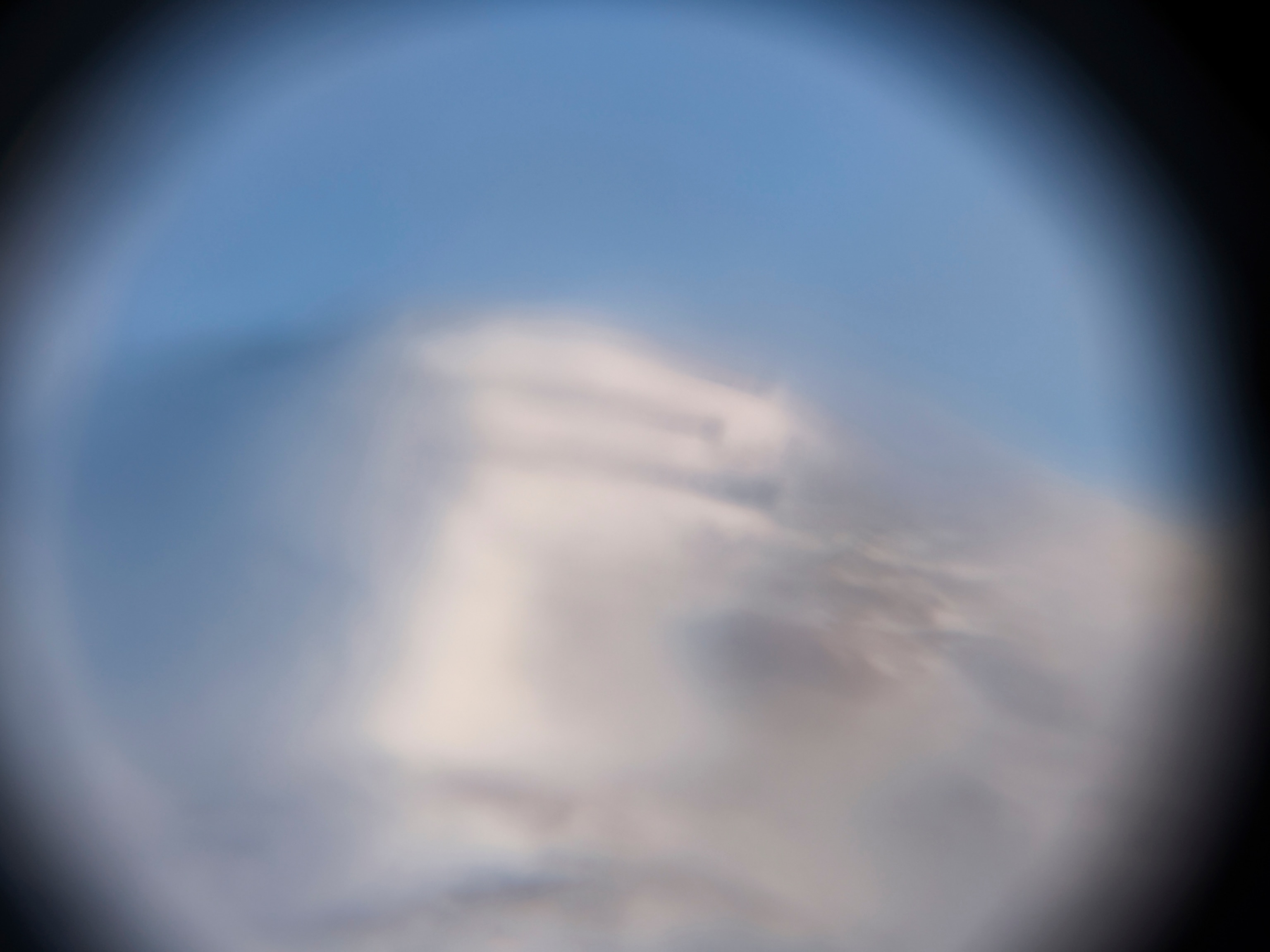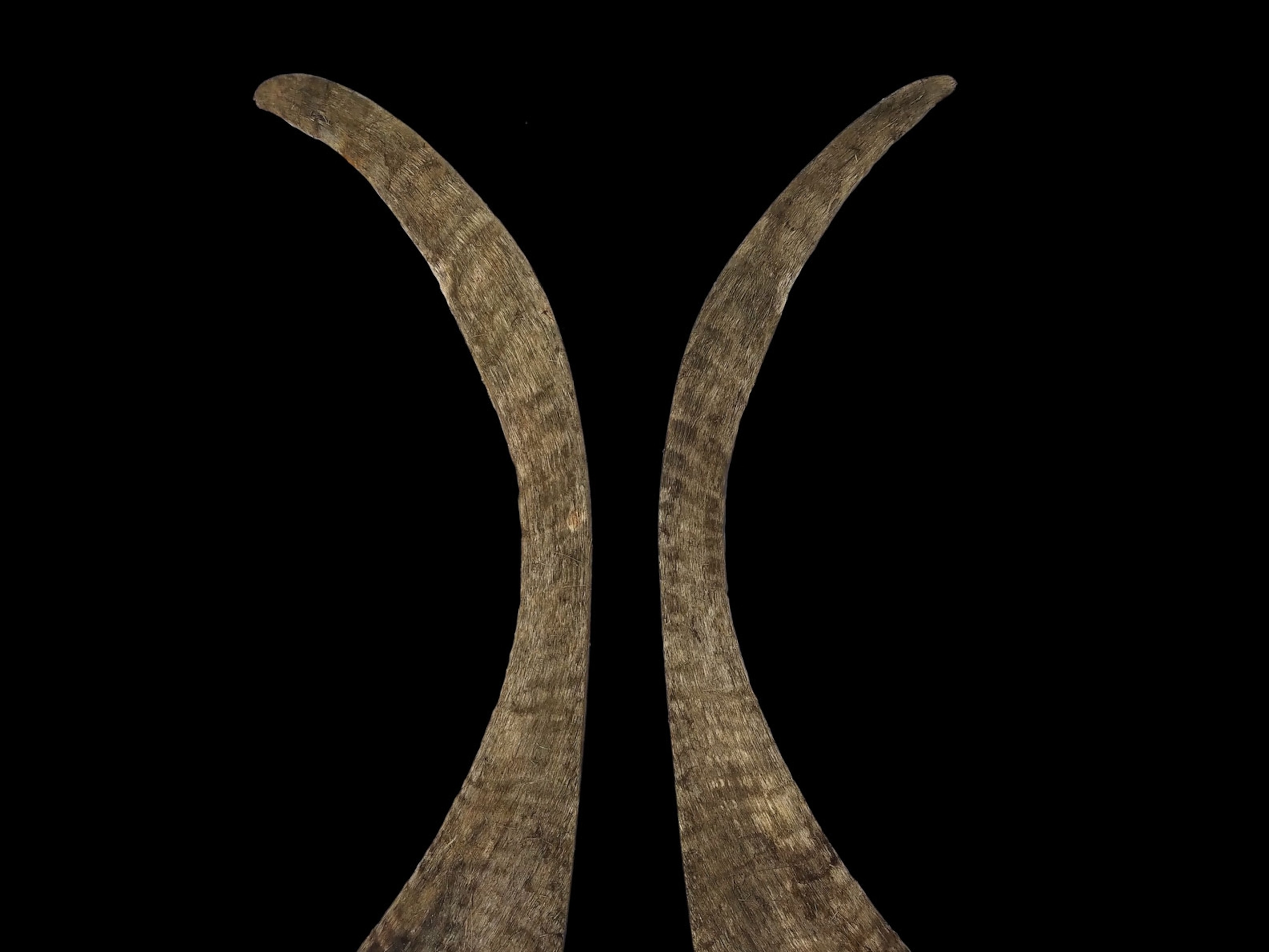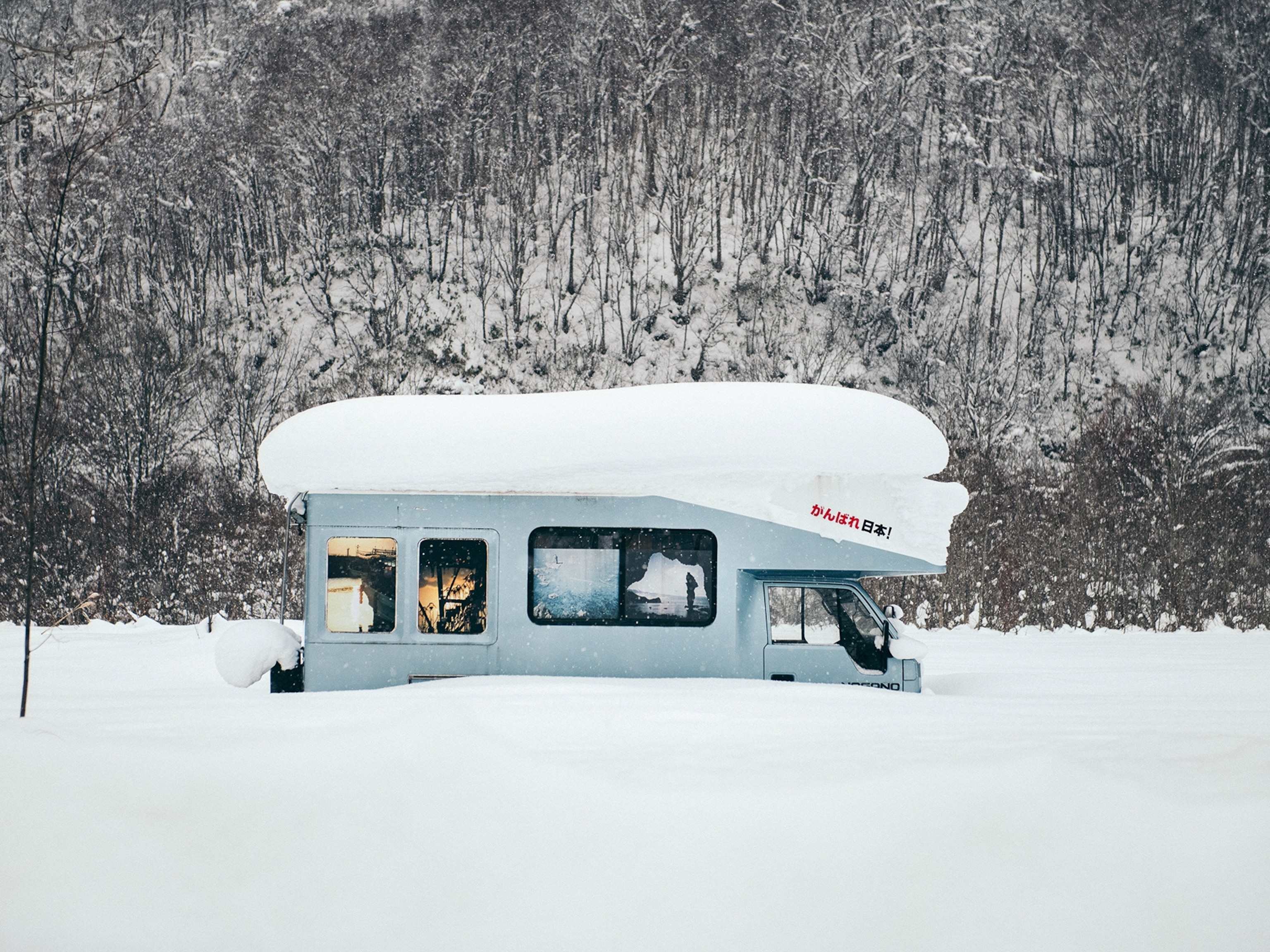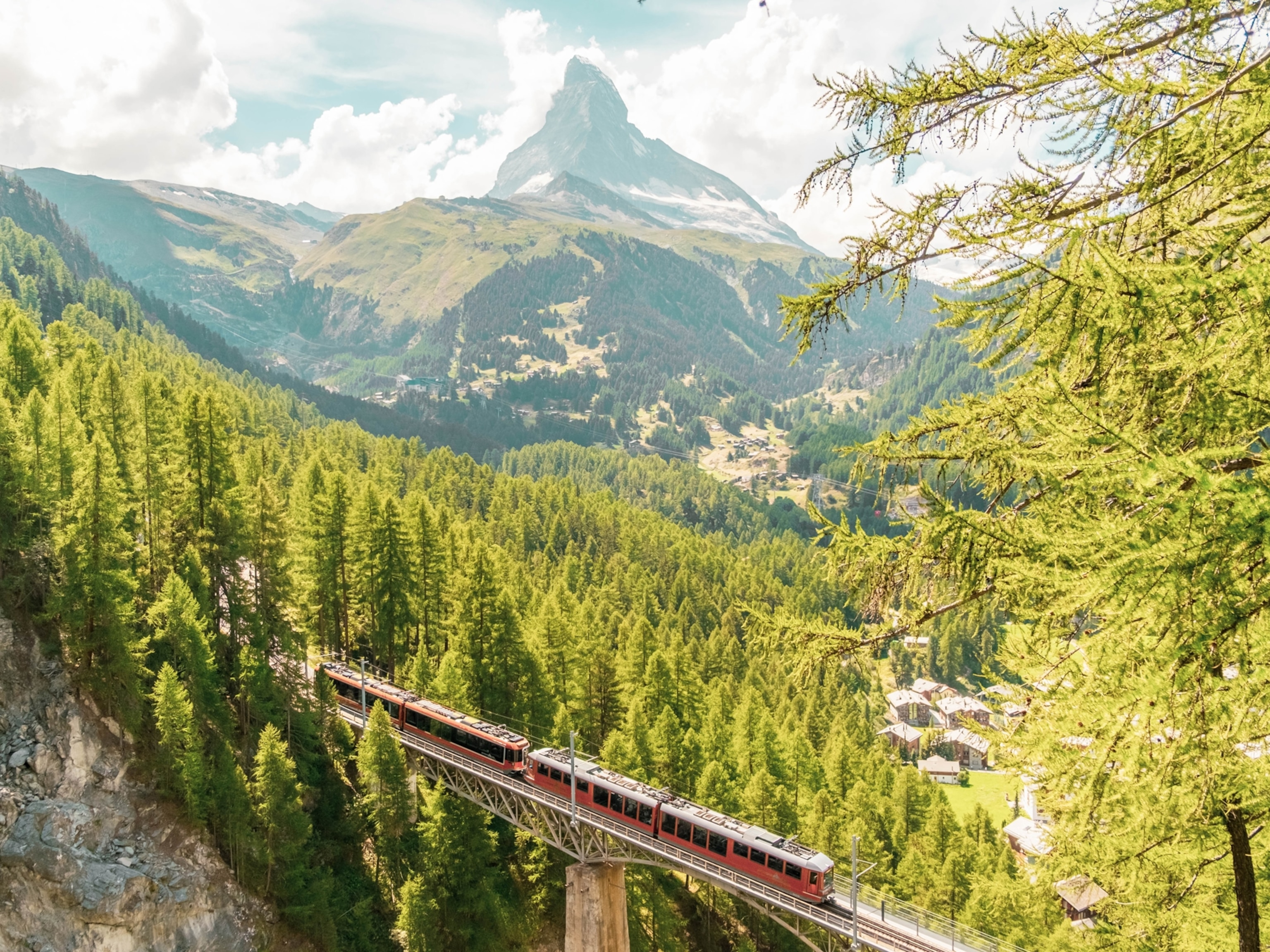
Freed From a Glacier's Hold, Ancient Moss Grows Again
Moss that was frozen for centuries is now green and growing.
In one of nature's more astonishing never-say-die stories, clumps of frozen mosses that were entombed beneath an advancing glacier more than 400 years ago have revived.
The glacier is now retreating, exposing the mosses to air and sunlight for the first time in centuries, and they are growing green and healthy once more. (Read about "The Big Thaw" in National Geographic magazine.)
The discovery was made by a team of researchers from the University of Alberta who were conducting a biodiversity study of mosses and vascular plants in an area around the retreating Teardrop Glacier in the central mountains of Canada's remote Ellesmere Island (map).
"As we walked up to the edge of the glacier, we could see patches of mosses that seemed to be coming out from underneath the ice," recalled project leader Catherine La Farge.
"They were blackened, but there were also tints of green in there as well. As I looked more closely I thought, 'Oh my gosh, what's this? Either this has somehow managed to retain a vestige of its original color or it's just started to grow again after centuries under the ice.' The thought of that just blew my mind."
Moss, Interrupted
Back at the laboratory in Edmonton, a microscope confirmed what the human eye suspected: The desiccated centuries-old mosses had indeed come back to life and were sprouting tiny shoots after many, many years buried beneath thousands of tons of ice. Just how many? Radiocarbon dating revealed the specimens to be in the range of 400 to 600 years old.
Intrigued, La Farge and her team ground up stem and leaf tissue from some of the samples they had collected, placed them in petri dishes filled with nutrient-rich potting soil, and waited to see what happened. Sure enough, about six weeks later a telltale green tinge could be seen emerging from the soil. The researchers were ultimately able to propagate four different species of mosses from seven potted samples.
A year later the regenerated mosses are still growing, essentially resuming lives that had been interrupted long ago by the advancing glaciers of the so-called "mini Ice Age," a global cooling period that began around the year 1550 and lasted until 1850. The mosses' ability to regenerate after so much time under the ice, and so swiftly—for the ground had been uncovered for not much more than a year—is giving scientists insights into how an ecosystem can rebound as an ice sheet retreats.
Ancient Survivors
Of course, mosses have always been some of nature's true survivors. Belonging to an ancient group of plants called bryophytes—which also includes liverworts and hornworts—they date back more than 400 million years to the dawn of terrestrial life on the planet.
They not only possess the ability to shut down in lean times and revive themselves later when conditions improve, says La Farge, but their cells can also behave very much like stem cells so that any one cell can "clone" or regenerate the plant. (Related: "Moss Has Cloned Itself for 50,000 Years, Study Says.")
The centuries-old mosses, now flourishing in a lab in Edmonton, and their wild cousins sprouting along the foot of the Teardrop Glacier, are by no means the oldest plants to have been regenerated in the 21st century. Last year researchers in Siberia successfully germinated ancient seeds of the narrow-leafed campion flower(Silene stenophylla), found well preserved deep in the permafrost—at the ripe old age of 31,800 years.
Germinating those Siberian flower seeds required quite a bit of high-tech human intervention, Le Farge explained. Scientists had to extract the placenta from the seeds, then artificially coax them to life. Not so the humble mosses found along the edge of Teardrop Glacier, buried for centuries beneath the ice. They required no special techniques at all, needing little more than potting soil and a gardener's TLC.





